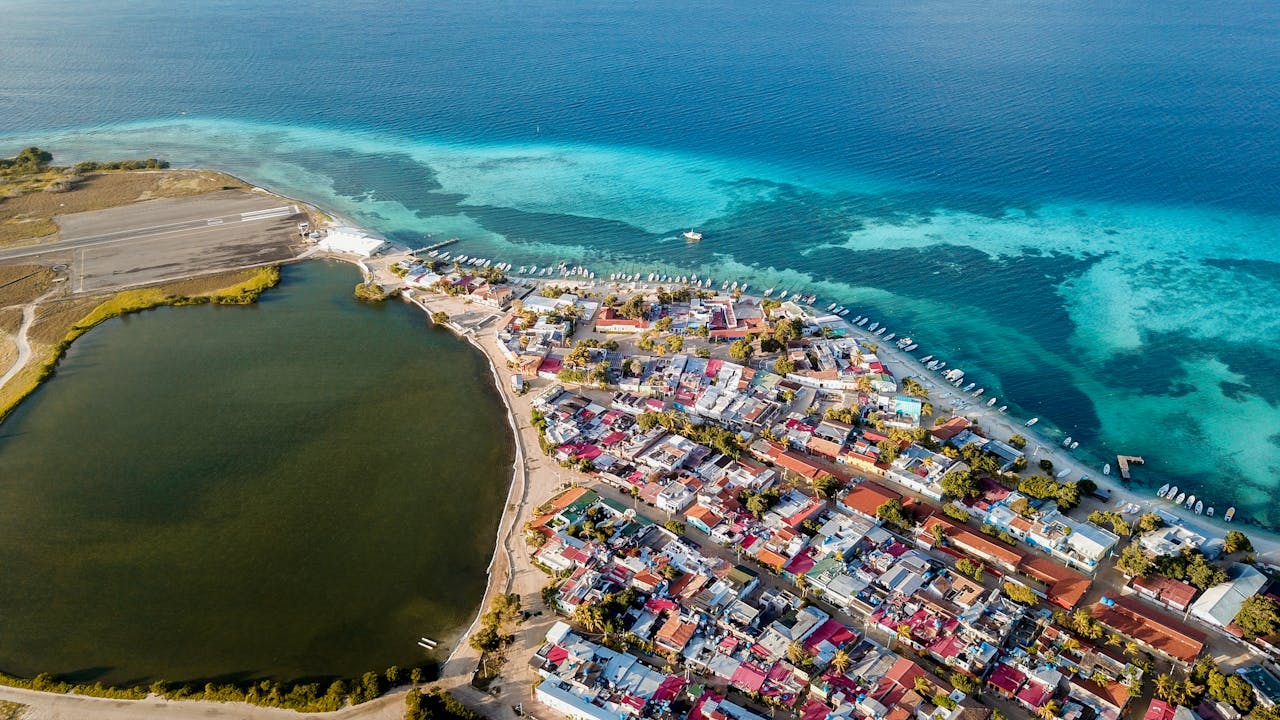What is the minimum wage in Peru in 2024?

Peru, a country known for its vibrant culture and rich history, also grapples with economic challenges that affect its workforce. One such challenge is the issue of minimum wage. In this article, we will delve into the current minimum wage regulations in Peru, exploring its impact on the workforce, economy, and standards of living.
What is the current minimum wage in Peru?
The minimum wage in Peru is set by the National Council of Labor and Employment (CNTPE) after considering various factors such as inflation, economic growth, and social security funds. Currently, the minimum wage in Peru stands at 1025 PEN per month, equivalent to approximately 267 US dollars. This wage applies to all workers, regardless of their age, occupation, or industry.
While the minimum wage may seem low compared to some developed countries, it is important to consider the cost of living in Peru. The average monthly expenditure for a household in Peru is around 1,900 Peruvian Soles, which is almost twice the minimum wage. This highlights the struggle many low-income workers face in meeting their basic needs and maintaining a decent standard of living.
What is the impact of the minimum wage in Peru?
The impact of the minimum wage on the workforce can be viewed from both positive and negative angles. On one hand, setting a minimum wage ensures that workers receive a baseline compensation, protecting them from being exploited by unscrupulous employers. It also helps to reduce income inequality and enhance workers' purchasing power, leading to increased consumption and economic growth.
On the other hand, some economists argue that a high minimum wage can lead to unemployment, especially among low-skilled workers. They claim that employers may find it financially burdensome to hire new employees or maintain existing ones due to the increased labor costs. This can potentially hinder economic growth and exacerbate inequality, as some workers may lose their jobs or face reduced working hours.
Critics of the current minimum wage in Peru argue that it fails to adequately address the needs of workers living in urban areas, where the cost of living is considerably higher. They argue that the disparity between the minimum wage and the actual living costs further perpetuates income inequality and hampers social mobility.
Will the minimum wage in Peru increase?
Advocacy groups and trade unions in Peru have been pushing for an increase in the minimum wage to improve the living standards of workers. They argue that a higher minimum wage would not only benefit individual workers but also stimulate economic activity by boosting consumer spending.
On the other hand, business organizations and some economists express concerns over the potential negative consequences of raising the minimum wage too quickly or by a significant amount. They argue that it could result in business closures, job losses, or companies resorting to automation to reduce labor costs.
The debate surrounding the minimum wage in Peru is complex, with valid arguments on both sides. Finding the right balance that ensures fair compensation for workers while maintaining a conducive environment for businesses to thrive is crucial.
In conclusion, the minimum wage in Peru currently stands at 930 Peruvian Soles per month. While it provides a basic level of protection for workers, it falls below the actual cost of living, leading to challenges in maintaining a decent standard of living. The impact of the minimum wage on the workforce and the economy is a matter of ongoing debate, with proponents emphasizing its positive effects on reducing inequality and critics highlighting potential negative consequences such as unemployment. As Peru continues to navigate its economic challenges, it will be important to strike a balance that considers the needs of both workers and businesses in order to foster sustainable economic growth. Book a demo to see how we can help.





.jpeg)

